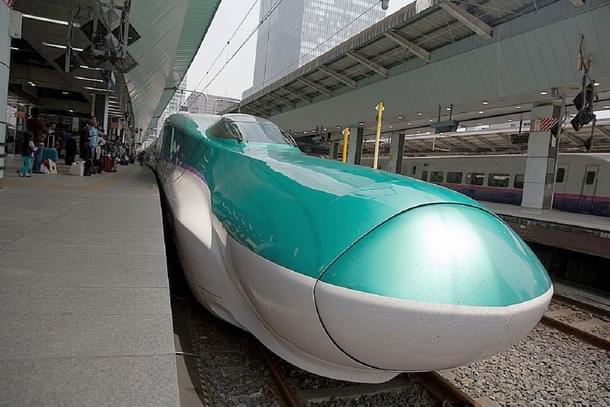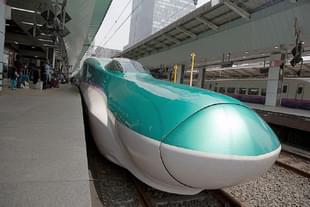News Brief
Bids Invited For 21 Km Underground Tunnel In Mumbai For Bullet Train Project
India Infrahub
Nov 07, 2021, 12:00 PM | Updated Nov 08, 2021, 05:33 AM IST
Save & read from anywhere!
Bookmark stories for easy access on any device or the Swarajya app.


The National High-Speed Rail Corporation Limited (NHSRCL), the executing agency of high-speed rail corridor in India, invited bids for 21 km underground tunneling works for Mumbai-Ahmedabad High Speed Rail (MAHSR) corridor.
The tunnel will be between Mumbai underground station at Bandra-Kurla Complex and Shilphata in the State of Maharashtra.
This package includes a seven km undersea tunnel that will be built under Thane creek. NHSRCL said that this package is open to Japanese and/ or Indian companies.
The MAHSR project is the first High-Speed Rail corridor to be implemented in India. It is being executed with technical and financial assistance from the Government of Japan.
With a total of twelve stations in the States of Maharashtra, Gujarat and Union Territory of Dadra and Nagar Haveli, the MAHSR corridor will have a length of 508.17 Km.
While a limited-stop (in Surat and Vadodara) service will cover this distance in 1 hour and 58 minutes, all stops service will take 2 hours 57 minutes to cover this distance.
High-speed rail will be operating at a speed of 320 Kmph at an elevated (10 to 15 m) track above the ground on a viaduct all along except 26 km in Mumbai, which will be underground. All stations will be elevated except Bandra Kurla Complex station (Mumbai), which will be underground.
According to NHSRCL, there will be 35 trains per day in one direction, where there will be one train every 20 minutes in peak hours and one train every 30 minutes in non-peak hours. Train frequency will be further increased to one train every eight minutes in future.
Initially, Mumbai-Ahmedabad High-Speed rail will be equipped to handle 17,900 passengers one way daily, which will be increased up to 92,900 passengers in future.
Recently, Indian Railways has expedited the construction of the country’s first high-speed rail corridor with a set target of building 50 piers every month.
It must be noted that there is no standard design for all pillars of the high-speed corridor. Each pillar requires a unique design depending on soil conditions. Presently Soil testing of the site, where pillars are constructed and their designing is done.





